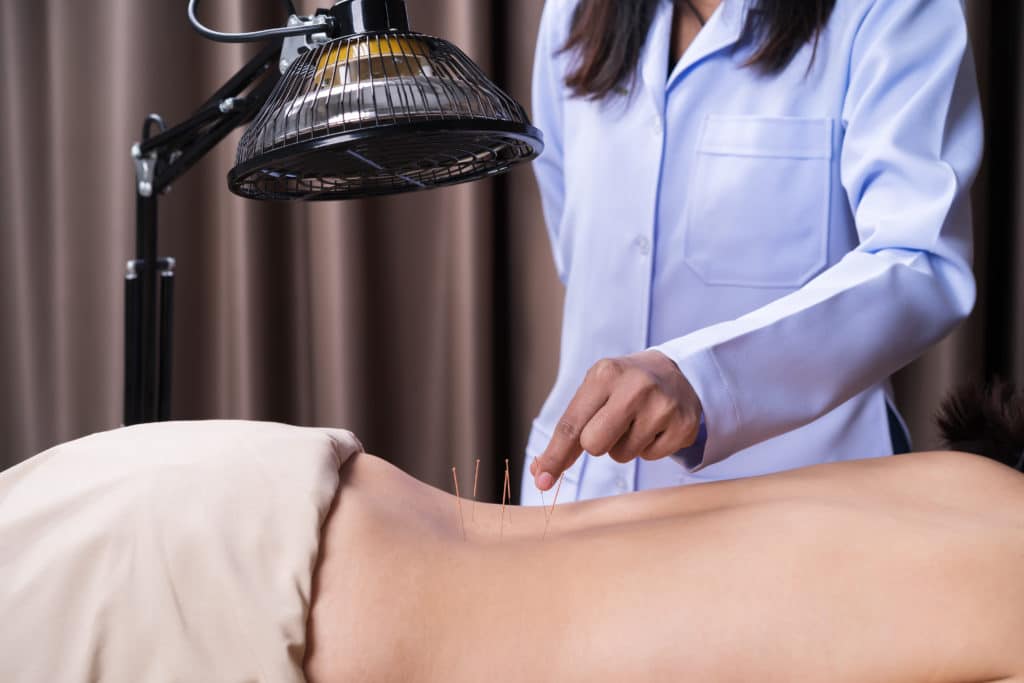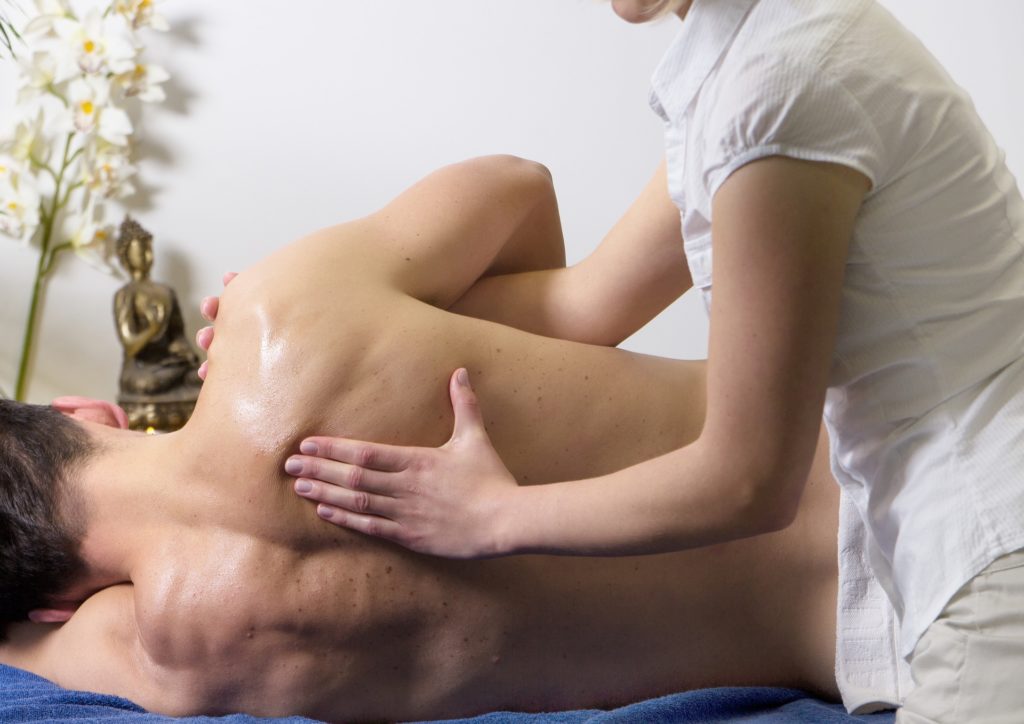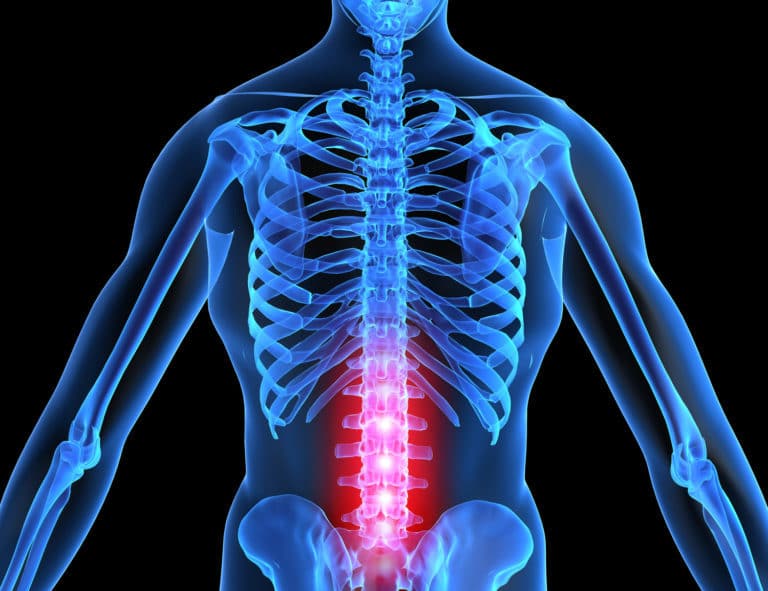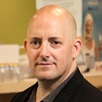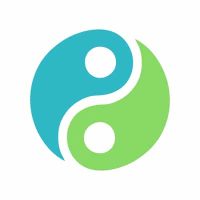Table of Contents
Effective Backpain & Sciatica Treatment
Approximately eighty percent of people have suffered or will suffer from back pain or backaches at some stage in their life. Thirty-one million Americans suffer from back pain at any given moment. Indeed, this is one of the most prevalent complaints seen in acupuncture, chiropractic, shiatsu, and other alternative health clinics. There is a difference between the occasional backache and people who chronically suffer from them or disc herniation. In modern medicine, backaches are typically treated with medication, painkillers, injections, and surgery in acute cases. Naturally, most people want to avoid these treatments as much as possible. This article aims to unfold the best natural treatment methods for treating back pain, lumbar disc herniation, and cervical disc herniation treatment.
The Difference Between Backache and Disc Herniation?
There are several reasons for backaches, but generally, they can be divided into two types. One is muscular backaches related to muscles in the back and around the spine. The other is backaches that result from a specific spinal problem such as a herniated or bulging disc.
Muscular Back Pain
Most of the backaches are usually the result of muscular tension.
A muscle should be flexible, relaxed, and contract in a healthy state when needed to create movement in the body. When a muscle, ligament or tendon in the back is inflexible, there is constant tension. The spasm can be due to poor posture, wrong movements, lack of exercise or exposure to cold or mental stress. Muscles in this condition will also have a greater chance of cramping. From a medical point of view, a pulled-back muscle or strain may seem like a minor injury. However, the pain may be extreme and impair the ability to walk or even stand. In most cases, the back-muscle spasm is local and does not project to other areas.
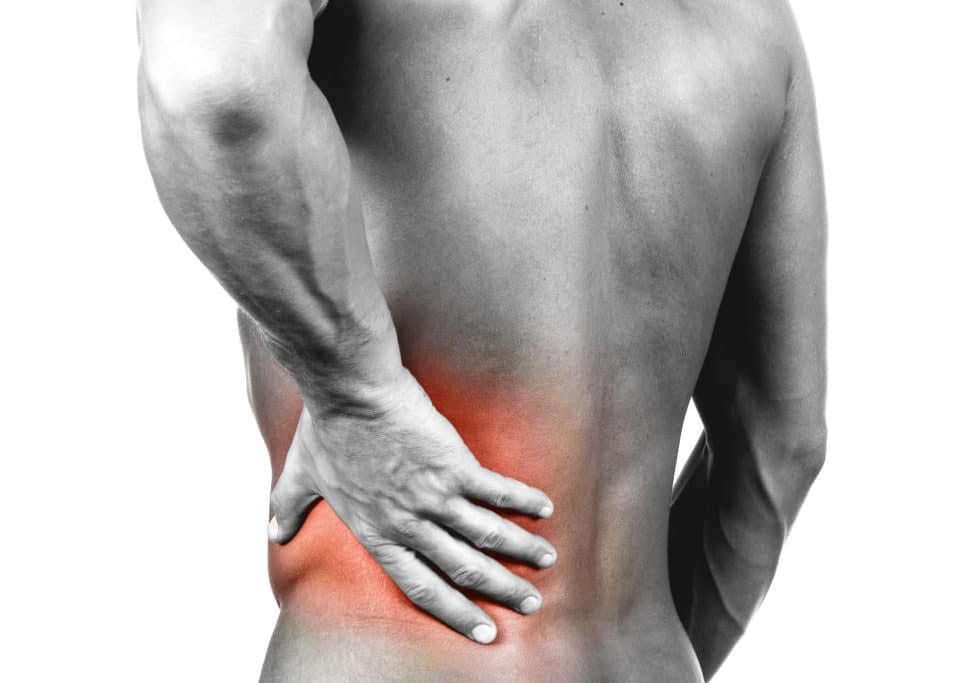
Two types of muscular backaches
Chronic back pain
Pain that is always in the background at a low intensity. A person can carry a pain like this for many years. With no treatment, such pain can impair the vertebras’ posture and pressure and might deteriorate with disc herniation and other complications.
Acute back pain
when the pain is sudden and robust is referred to as a pulled-back muscle or thrown outback. This pain is an intense spasm of the muscles; the pain often limits a person’s mobility and can cause a person to stay in bed for a few days. In most cases, this kind of pain lasts a few days and without receiving treatment, sometimes up to a few weeks.
Acute pain can be alleviated by painkillers and anti-inflammatory drugs, especially during the first days if they are bedridden or suffering from intense pain. In repeating sharp back pains or a chronic condition, it is ill-advised to rely on drugs since their impact is not healthy to the body. Some physical treatment such as acupuncture or chiropractic work might be necessary.
What is Disc Herniation?
The vertebrae are bones structure, and between each, there is a disc. The disc’s purpose is to prevent friction between the vertebrae, and it functions as a shock absorber. This function of a shock absorber is essential in the lower vertebrae on which most of a person’s body weight sits.
The cartilage (disc) is built of two parts: an external component, as a casing, and an internal part, more liquid – a sort of pillow with the liquid gel inside. When there is a rupture in the case, the gel can come out, and then a condition called disc herniation is created.
Another spinal pathology is a bulging disc. This condition is caused when the disc is still intact, but it slips out of place and applies pressure on the nerve. This condition is considered less acute than disc herniation.
Understanding the meaning of the vertebrae name
The spine is responsible for the posture of our whole body. The spine is comprised of 24 vertebrae:
7 – cervical (neck) vertebrae C1 to C7
12 – thoracic (chest) vertebrae T1 to T12
5 – lumbar (lower back) vertebrae L1 to L5
There is another part called the sacrum, a combination of five vertebrae joined together. The top vertebra is called S1. Most herniated lumbar discs are situated at the lower part of the back: between L4-L5 or L5-S1.
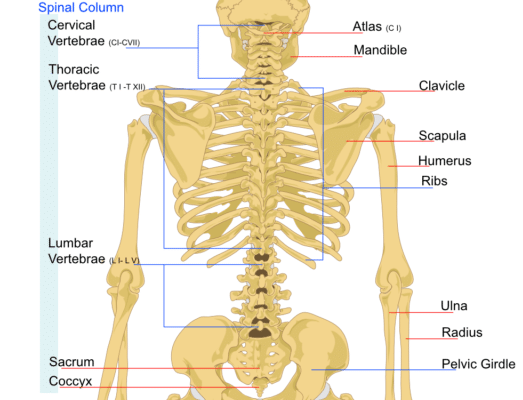
What is Sciatica?
In many cases, people who suffer from disc herniation do not understand why the herniated back disc’s pain is felt along the leg. Inside the spine are the spinal cord and a very developed nerve system that spreads from the spine to the whole body. Nerves that innervate sensations and movements across the entire body go through the gaps between the vertebrae. The herniated disc that is also between the vertebrae creates pressure on the nerve. The nerve interprets the stress as pain, and then we feel pain.
Sometimes the nerve projects to other places in the body, such as along the leg. The reason is that the same nerve goes through the leg too. The patient would feel pain or paresthesia: a burning, chilling, tingling, pricking or a numb sensation in the leg even, despite nothing wrong with the leg. This pain is called sciatic pain, named after the sciatic nerve that comes out of the lower back area and innervates the legs. In the same fashion, projection of pain to the shoulder and along the hand might occur due to cervical disc herniation.
The common phenomena in back disc herniation are backache, projection along the leg, numbness, paresthesia, cold, heat, weakness and more. In principle, it is not a life-threatening situation but creates pain and discomfort that could disable the person for a few days and even weeks. The onset of sciatic pain is due to various reasons and usually comes and may last between a few days or up to a few weeks without treatment.
Reasons for Sciatica Herniated or Bulging Disc
Trauma – as a result of a blow or accident.
Poor posture – exaggerated spinal curve or no curve at all, scoliosis.
Life habits – lack of physical exercise, prolonged sitting, smoking, inflexibility.
Prolonged muscular tension or chronic backache, when untreated, will result in the narrowing of intervertebral gaps and, eventually, a herniated disc.
Strenuous work, prolonged standing, lifting heavy loads.
Various joint diseases, osteoporosis.
Emotional reasons – discussed later in this article.
Treatment for Backpain and Disc Herniation
Before we start treatment, it is important to diagnose where the backache comes from. In pain that stems from muscular tension, healing will arrive faster than in disc herniation. In principle, the body does not know how to fix a herniated disc. The disc will remain less flexible, but with the proper treatment and the right lifestyle, the person could go back to everyday life. Many people live with herniated discs without even being aware of them.
When Should You Consider a Surgery for Disc Herniation?
Sometimes people choose surgery to repair the herniated or bulging disc. It is essential to say that even the various herniated discs do not always restore the back condition. They also carry the risk of causing damage to other discs. The risks involved with surgery are many, and therefore it is usually recommended to try alternative treatments first. It is important to remember that surgery does not treat problems like short or poor posture, causing the issue. Therefore, while surgery may provide relief, there are no guarantees that a separate vertebral disc will not rupture in the future.
When should you consider surgery for disc herniation? If there is no improvement after 10-15 sessions of acupuncture or any other method, or in a very acute finding in a CT scan.
Another reason for urgent surgery to fix back problems is when there is damage to the spinal cord itself, which might be expressed by an inability to control the orifices and involuntary urination and bowel movement. In such a case, you should urgently go to an emergency room.
The Most Effective Natural Treatment for the Back
The natural treatment for backaches is very effective. It is recommended for people with chronic backaches to undergo corrective treatments because the next stage of aggravation could be disc herniation.
In a natural treatment for a herniated or bulging disc, the first goal is to treat the inflammation and pains and release the muscles until they no longer experience pain or discomfort. The next advisable course of action is maintenance treatment for the back combined with the proper lifestyle and various exercises. These could prevent more reoccurring onsets of back pain, and if more came, they would be less intense and prolonged.
Acupuncture for Back Pain
Acupuncture is one of the best treatments for acute and chronic. Backaches and a herniated and bulging disc. It is best to come in for treatment with a physician’s diagnosis of the problem’s source.
Acupuncture for backaches is done in points that release the muscles, reduce inflammation, improve Qi flow and blood flow to the area, and alleviate pain. These points are located mainly in the legs and hands and sometimes in the back or stomach area. Patients report a sensation of flow when the needle is inserted; it is an experience that indicates an opening of an energetic blockage.
One of the risk factors for disc herniation is smoking because it creates a disturbance in the flow of the small blood vessels to the disc. Therefore, in treating a herniated disc, it is important to create a better blood flow and energy in the body, allowing the body systems to rehabilitate the damaged tissue. In acute disc herniation conditions, it is best to have frequent treatment twice or even three times a week. When the pain is alleviated or ceases, switching to maintenance treatments with less frequency is possible.
Chinese Medicine Diagnosis for Back Pain
In the back pain or herniated disc, the practitioner will look at why the back pain/disc herniation happened. If it happened because of a wrong movement, prolonged seating, lack of physical activity, wrong nutrition, etc., the acupuncturist would examine it according to the Chinese medicine diagnosis. This will involve assessing an imbalance in the internal organs or a meridian that caused the disc herniation or backaches. According to Chinese medicine, the main organ connected to the back is the kidneys, but additional organs like the gall bladder, the liver, the stomach, the bladder, and so on.
Acupuncture Reducing Inflammation and Spasm
In the case of a herniated disc or a strong muscular backache, we will often find a great deal of tension in the back muscles and reduce the inflammation. This tension is the result of a protective spasm which is a contraction that the body produces to protect the back, and it is a significant factor in creating the backache. In such a case, the acupuncturist will use points that relax the muscles and tendons and instruct the patient to do appropriate stretching exercises. This helps recovery and also prevents future inflammations.
Case Study: Acupuncture for Back Pain
James, 35 years old, came to me after five months of suffering from severe back pain and consuming regular painkillers. A CT scan showed a herniated disc between vertebrae L4-L5. The pain projected from the lower back to the right leg caused a sensation of paresthesia and pain. James decided to come to me even though he said he was skeptical about the natural treatment, especially acupuncture. He was considering undergoing surgery by his doctor’s advice. Due to the risks that came with the surgery, he decided to give acupuncture a chance. I treated James with Balance Method Acupuncture.
Initially, James indicated the pain level to be 9 out of 10 (very painful). During the first session, this dropped by the end of the session to a 3. The pain remained low for some time, but when it returned two days later, it was still at a 9. The treatment was done twice a week during the first month. Each session, it would take longer for the pain to return, and the intensity became less. After seeing a significant improvement, the frequency of the sessions lowered. I instructed James to perform special exercises throughout his treatment to extend the back muscles and strengthen the abdominal muscles. After a series of 15 treatments, James’ condition had almost completely healed. He began swimming twice a week to maintain general health and to continue strengthening his back.
Read more about Balance Method Acupuncture.
Recall Healing to address Back Pain and Disc Herniation.
In Recall Healing, we work on the subconscious’s emotional source that causes the backaches or the herniated disc. According to the Recall Healing method, every disease is linked to a conflict in the person’s subconscious. The Recall Healing process for Backpain is done through conversation. A session lasts about an hour and a half, and usually, it takes between three to five treatments.
The emotional sources of backaches can be many. The therapist may find the illness causes in the person’s life during his early childhood and genetic lineage. According to the Recall Healing method, the conflicts existing in the person’s subconscious would differ between pains in the neck area, the middle backs, the lower back and the pelvis.

Back pain areas and the related emotional conflicts
Neck pain- would be associated with injustice and unfairness.
Middle back pain- would be linked to the conflict that “there is no one I can rely on.”
Lower back pain- is generally connected to issues of support, children, giving birth and sexuality.
In Recall Healing, the details are important, and there are many possible conflicts related to back pain and each vertebra. Therefore, we must examine the various factors linked to that person. Similarly, the medical diagnosis in backaches is critical to the process’s success, especially in disc herniation cases. According to Recall Healing, every vertebra is connected to a different conflict, sometimes multiple. So the conflicts would change according to the location of the herniated disc.
Why Do We Get Back Pain?
Any person can experience some of the conflicts mentioned here or others similar to those associated with backaches without necessarily having a back problem. The backache is caused when the conflicts are too difficult or prolonged, and the person does not find a solution. When a person does not find a solution to the conflict, the brain will suppress the conflict to the subconscious and the body and create disease.
In Recall Healing, we bring the subconscious up into the person’s conscious mind. The conversation is accurately directed to the right places in the person’s subconscious and reaches the conflict sources that created the backaches.
Subconscious and Back Pain
When someone raises a conflict from the subconscious to the conscious and resolved it, the body is released from holding. The brain knows then it can let go of the holding, reflected in a tension release in the body. The holding may have been there their whole life, held in the brain by a certain belief in their subconscious. Backache relief is, in many cases, immediate during a session. In chronic conditions where there is already more serious damage to the body balance, it is recommended to combine Recall Healing with acupuncture and body stretches.
Sometimes the body becomes accustomed to a certain posture or motionlessness. In these cases, it is recommended to work with the body to rebalance it. Although Recall Healing is very effective, it is not for everyone. Recall Healing is for people who are open and agree to touch into sensitive places and talk about their past.
Tui na to for Backaches
Like acupuncture, Tui-na can work on the meridians and acupuncture points in cases of a herniated disc. Tui-na is the Chinese physiotherapy method. Unlike Western physiotherapy or massage, Tui na refers to the Chinese diagnosis and working along the meridians.
Tui na will usually be local on the back itself and the legs. It is recommended to combine Tui na with acupuncture if a person who is afraid of needles can have Tui na treatments for disc herniation as an alternative.
Shiatsu for Back Pain
Shiatsu treatment is a slower and gentler treatment than Tui na. Some of the Chinese medicine therapists prefer using Shiatsu, which is actually a Japanese method. However, it works according to the principles of Chinese medicine. Shiatsu treatment for disc herniation is based on application to the muscles and the skeleton and the energetic sense of its application to the meridians and acupuncture points on the body. The Shiatsu therapist will recognize and treat excess and deficiency points and assess and work with the patient’s posture, negatively affecting the back. Touching the sensitive vertebrae is not always the right course of action, and one must be careful. Sometimes leg movements and stretches will alleviate the inflammation with no need to touch the back vertebrae.
Medical Massage Treatment for Disc Herniation
As the name suggests, medical massage is also effective in treating a herniated disc. Medical massage will primarily work locally on the back, the legs and the cramped muscles. The massage is done with oil over the entire body and includes back, and leg stretches. The massage is also suitable for acute conditions of pain and also as a maintenance treatment.
It’s always recommended to ensure the therapist is qualified to practice medical massage and not just through a short massage course. It would be best if you avoided spa treatments or unprofessional places when seeking treatment for disc herniation. Better to choose a skilled massage therapist with sufficient training. Sometimes an unskilled therapist might make the problem worse by uncontrolled pressure on the herniated disc.
Chiropractic Treatment for Disc Herniation
It is safe to say that treating spinal problems is the chiropractor’s expertise. Chiropractic treatment can be very effective in treating a herniated disc, bulging disc and backaches in general. The chiropractic treatment starts with warming up the area and later manipulating the spine in several ways. The aim is to restore the vertebrae into position and reduce pressure on the disc.
There are different chiropractic approaches; some are gentler, and some are more aggressive. The chiropractor doctor knows how to tailor the right treatment to the problem, specific to the patient.
A downside of chiropractic treatment is that treatment can initially cause more pain because of spinal manipulation. It’s important to combine chiropractic treatment with methods that also work on relaxing the muscles and reducing inflammation. It is recommended to combine the chiropractic treatment with massage, Tui na or acupuncture, to also work on the muscles, tendons, and ligaments’ soft tissues. Many chiropractors massage the back or warm up the area with various instruments. This helps to prepare the spine for chiropractic treatment.
Reflexology to Treat Disc Herniation
Reflexology treatment uses pressure points in the foot to affect the whole body. It is considered an effective treatment for back problems and disc herniation in reducing inflammation and relaxing muscles in the back. The reflexology treatment for disc herniation treats all body systems connected to the problem and helps bring harmony. The treatment is relatively pain-free. There is no need to touch the back itself if it is susceptible to the touch.
We hope this article helped inform you of natural ways to treat your back pain or similar issue. We wish you the best for a full recovery!

